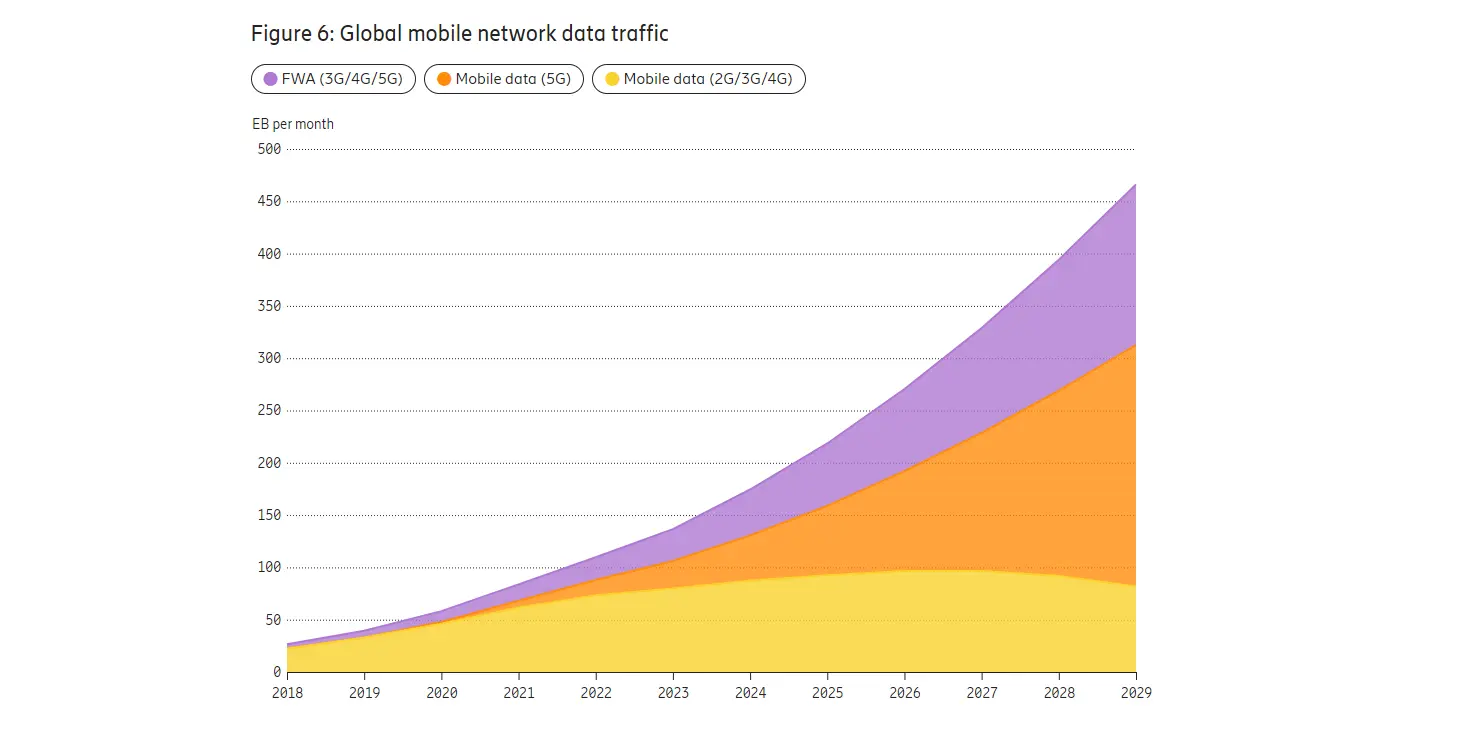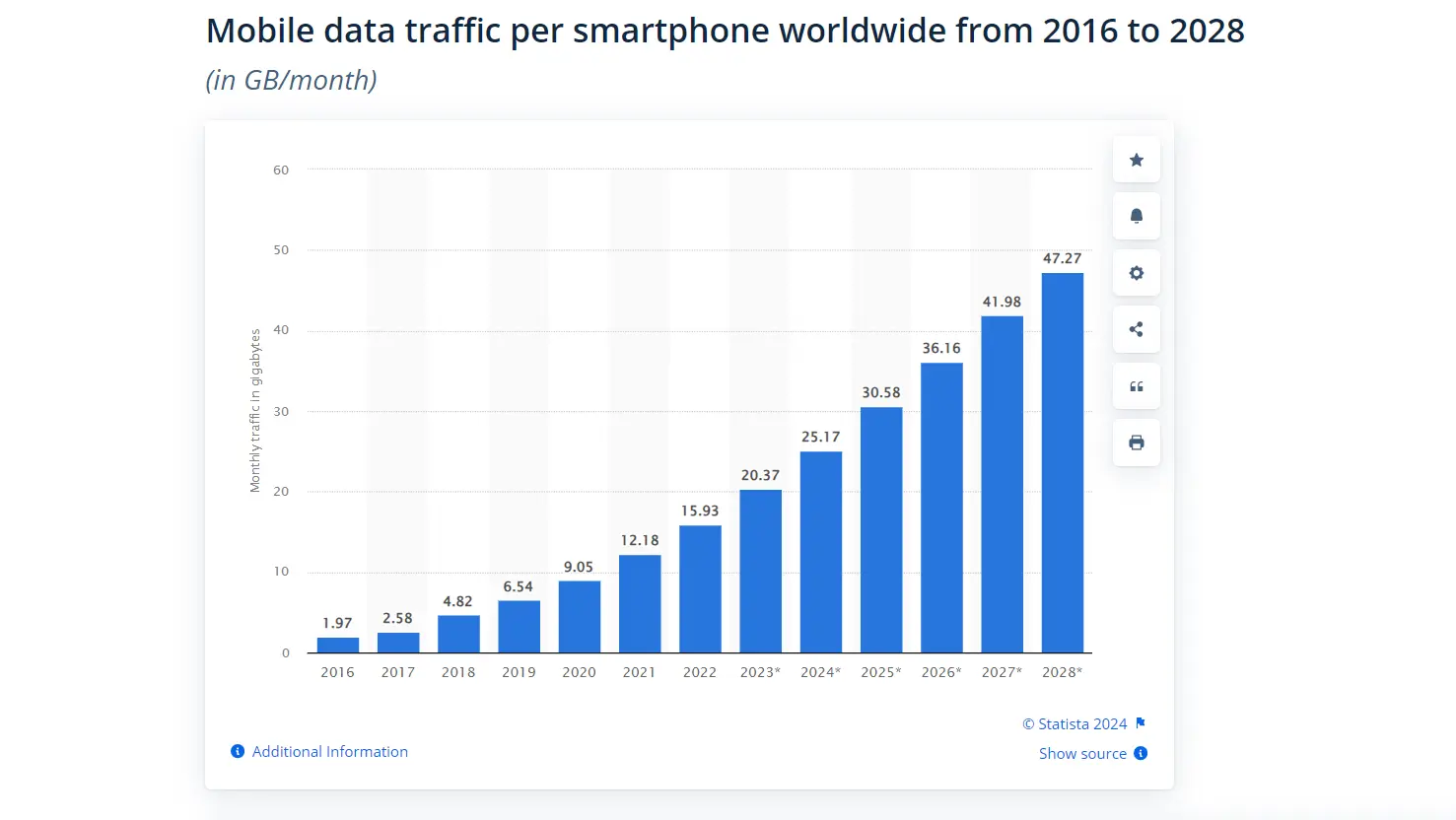Table of Contents
ToggleBusinesses are noticing the rise of India and China in global mobile traffic, driven by their large populations. This article explores how these markets are impacting mobile traffic worldwide.

The Factors Driving Growth in Mobile Usage in India and China
Access to relatively affordable mobile devices
The availability of reasonably priced mobile devices is one of the main reasons why mobile usage is increasing in India and China. For instance, a substantial number of individuals in India use low-cost, entry-level smartphones, making mobile technology more widely available. Similarly, Chinese smartphone producers like Xiaomi and Oppo have increased their market share by providing high-quality products at competitive costs.
Affordable mobile data packages
Mobile usage in India and China has also been significantly boosted by inexpensive mobile data plans. Mobile data plans are much less expensive in both nations than fixed-line internet, making it feasible for users to maintain connectivity even in places with spotty Wi-Fi. By providing unlimited voice calls and 4G broadband at a fraction of the cost of its rivals.
Increasing the middle class with money to spend on technology
The expanding middle class is another factor influencing the increase of mobile usage in India and China. More people have spare income to spend on technology, particularly smartphones and other mobile gadgets, as the middle class expands. Due to the increased demand for higher-end smartphones and other mobile devices, mobile usage is increasing in both countries.

Market Effects from India and China on Global Mobile Traffic
The necessity of changing business tactics to account for expanding markets
Global enterprises and organizations must consider the enormous effects of India and China’s growing shares of mobile traffic. Businesses must modify their strategy to take into consideration the fact that these marketplaces are becoming more and more significant in the mobile sector. For instance, to appeal to the rising number of mobile users in India and China, firms may need to create mobile apps or mobile-friendly websites. This will necessitate learning the subtleties of these markets’ cultures and languages, which can be difficult.
The possibility for new opportunities for organizations and businesses globally
Yet, as the Indian and Chinese markets continue to grow, there may also be new opportunities for firms and organizations globally. In order to reach a larger audience, businesses that provide mobile technology solutions or mobile-based services, for instance, might tap into these marketplaces. Businesses that provide high-end goods or services can benefit from the expanding middle class in India and China.
Challenges in breaking into these markets
It can be difficult to get into the Indian and Chinese markets, though businesses will need to adjust their strategy to match the particular needs of these markets due to the cultural and regulatory variations that must be navigated. Businesses may need to include these channels in their marketing strategy, as social media platforms like WeChat are popular in China.

Conclusion
The growth of India and China in the globe’s mobile traffic is a noteworthy development with ramifications for enterprises and organizations around the world. Mobile usage is increasing in many markets due to the availability of inexpensive mobile devices, cheap mobile data plans, and a growing middle class with extra money for technology.
Companies will need to modify their strategy to take into consideration the expanding significance of these markets, which will include knowledge of the regional variations in language and culture. For companies and organizations that can effectively traverse these markets, there may be fresh opportunities, even though there are obstacles to accessing the Indian and Chinese markets.







